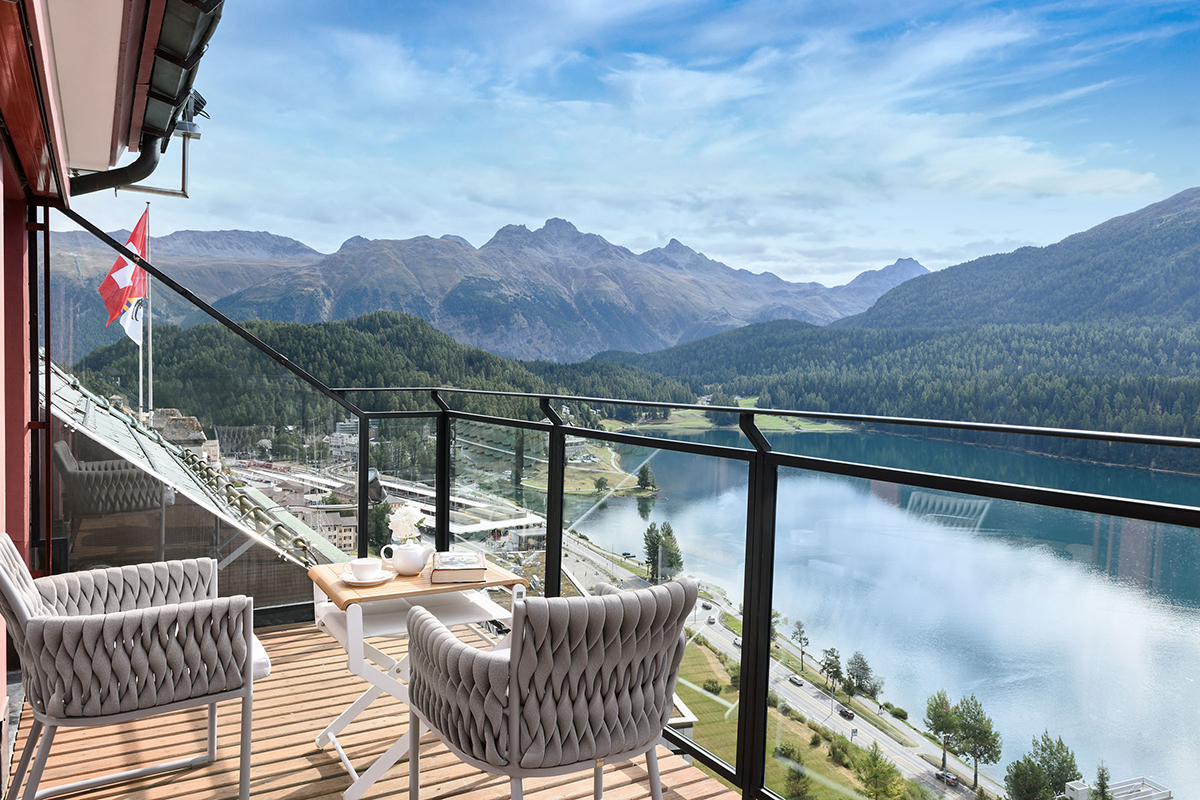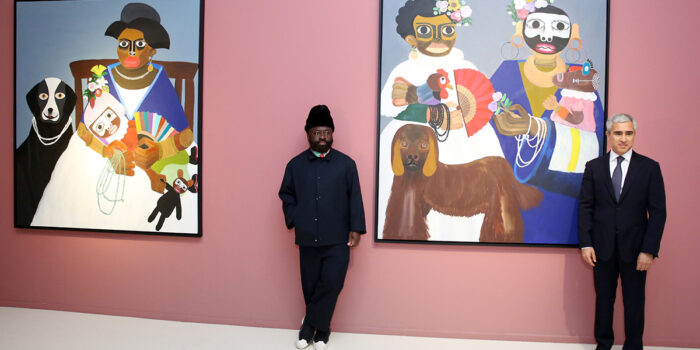There’s a fairytale palace high in the Alps where everyone is a Royal – or feels like one
Hotel trends come and go. Some may remember the white cube rooms of the 1990s, the lobby-bar obsessions of the 2000s, the hotel-as-club revival of the 2010s, and the genericization of hotel bars into David Collins Blue Bar clones at some stage in between.
Yet the greatest hotels, like the greatest luxury brands, remain effortlessly eternal while never seeming old fashioned, or not to anyone except the most craven and uninformed observer, in any case.
We were collected from St Moritz station by Badrutt’s Palace in a 1960s Rolls Royce Silver Cloud. The two minute ride to the hotel was effortlessly majestic. It suited a palace hotel so entwined with royalty that the Shah of Iran, in his famously vainglorious attempt to recreate Darius the Great’s Persian empire at Persepolis in 1973, flew the Badrutt’s staff out to run the occasion. Nobody else would suffice for the King of Kings.
Breakfast at Badrutt’s is in some ways the encapsulation of the place. In many luxury Alpine hotels, you have a homely, nutty buffet. Here, you sweep down the stairs, past a harpist, into a vast grand dining room. The buffet stretches the length of the room on one side, with picture windows facing the lake and mountains on the other. People dress up for breakfast here, even though it’s not a requirement. The buffet itself starts with an intricacy of cut fruits, segues through a vast array of hot European foods, a forest’s worth of different seeds and berries, and finishes at the far end with “hausgemacht” miso soup, bao, and dim sum. Among all the other guests, it’s quite easy to spot the regulars and long-termers, looking like a Hollywood portrayal of European aristocracy.
Our rooms at Badrutt’s were outliers: the Tower Penthouse occupies the whole of the iconic top part of the hotel, and is effectively a three floor private residence, with a huge living area, private terraces, kitchen and dining room, and more bathrooms and bedrooms than we could count. The master bedroom was by itself at the top of a spiral staircase, with views across St Moritz and the lake and mountains.
St Moritz has an appeal as broad as the Palace: in winter you can ski, cross country ski, walk or simply socialise (assuming you know the right people, darling); in summer you have some of Europe’s best hiking to hand, as well as a variety of mountain sports.
Generations of European aristos, meanwhile, have learned how to dive, belly flop or jump from the top of the rock garden that has been built into one end of the huge indoor pool; swimming lengths in the pool involves a constant view of the next gen wealthy adapting their jumping techniques; meanwhile the outdoor spa pool has full drinks and food service, so you can sip your aperol while gazing at the mountains and having a water massage.
But while the hardware of the hotel has an eternal class, the software – the people hosting you – are even classier. This is where luxury hoteliers go to learn how to be luxury hoteliers. One efficient young chap serving at breakfast, who we vaguely recognised from our last stay four years previously, effortlessly remembered our coffee orders from last time and brought Tabasco sauce to the table unheeded, again a memory of the last stay.
Does he have an astonishing memory or was he just very well briefed? It doesn’t really matter – and what is remarkable in this era of high staff turnover is that the staff at Badrutt’s are always there and always remember.
In that, they feel like they are your personal staff; unlike many hotels, it’s a place you feel like you could move into and live in, because, despite its grandeur and array of offerings – as well as the restaurants inside the hotel, Badrutt’s also owns the wonderful and iconic Chesa Veglia pizzeria across the road – each guest somehow feels like the staff are just there for them. Quite a remarkable achievement.
badruttspalace.com/reservations
Written by Darius Sanai
Online Editor: Candice Tucker









